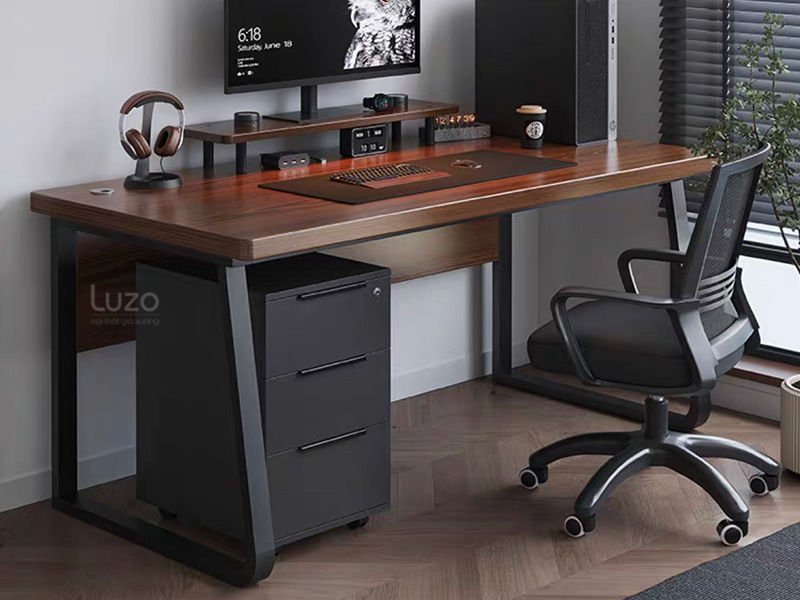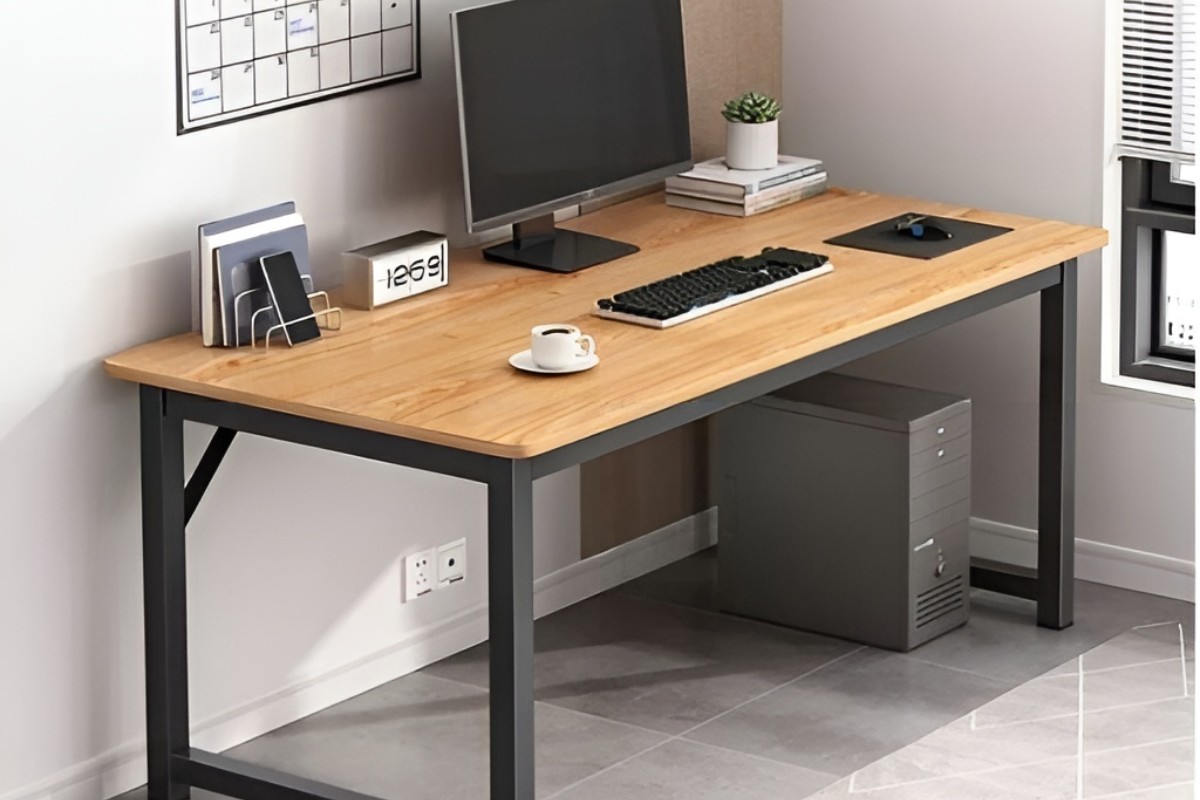Shipping an Office Desk by Sea from Vietnam to Singapore
Shipping furniture internationally can seem daunting, especially if it’s your first time dealing with overseas transport. Among various options, sea freight remains one of the most cost-effective and reliable methods for sending large or heavy items such as an office desk.
This article provides a comprehensive guide on shipping an office desk by sea from Vietnam to Singapore — covering everything from preparation and documentation to customs clearance and delivery.

Why Choose Sea Freight for Shipping an Office Desk?
When transporting large furniture items, you generally have three options: air freight, courier services, and sea freight. Sea freight is often the preferred choice for several reasons:
Cost-effectiveness: Shipping by sea is usually cheaper than air freight, especially for bulky or heavy goods like desks.
Capacity: Sea containers can handle large quantities and oversized items without the restrictive size and weight limitations of air freight.
Safety for bulky items: Properly packed, furniture travels well by sea, reducing the risk of damage.
Eco-friendliness: Sea transport has a lower carbon footprint per kilogram compared to air transport.
Given the short distance between Vietnam and Singapore — usually around 3 to 5 days sailing time — sea freight offers a good balance between cost and delivery time.
Sea Freight Options from Vietnam to Singapore
You have two main types of sea freight services to choose from:
Full Container Load (FCL)
If you are shipping multiple desks or additional furniture, booking a full container may be more economical. A standard 20-foot or 40-foot container will be dedicated entirely to your goods.
Advantages: Privacy, better security, faster handling at ports.
Disadvantages: Higher cost if you are shipping only one desk.
Less than Container Load (LCL)
For a single office desk, LCL shipping is the most suitable. Your shipment will share container space with other consignments.
Advantages: Pay only for the space you use.
Disadvantages: Slightly longer handling time because of consolidation and deconsolidation.
Preparing Your Office Desk for Sea Shipping
Proper preparation is crucial to avoid damage during transport.
Disassembly
Remove legs, drawers, and other detachable parts.
Keep screws and bolts in a labeled bag.
This not only protects the desk but also makes packaging more compact.
Protection Materials
Bubble wrap: For surface protection.
Foam padding: To absorb shocks.
Cardboard sheets: To prevent scratches.
Stretch film: To keep parts together and protect from moisture.
Crating
For maximum safety, especially if your desk is made of glass or high-value wood, consider custom wooden crating. Many freight forwarders in Vietnam offer this service.
Required Documentation
When shipping goods internationally, documentation is key to smooth customs clearance. For a desk shipped from Vietnam to Singapore, you may need:
Commercial Invoice – Detailing the description, value, and quantity of the desk.
Packing List – Specifying packaging type, weight, and dimensions.
Bill of Lading – Issued by the shipping line or forwarder.
Export Declaration – Required by Vietnamese customs.
Import Declaration – Required by Singapore customs.
Certificate of Origin (if applicable) – To qualify for preferential tariffs under the ASEAN Trade in Goods Agreement (ATIGA).
Understanding the Costs
The cost of shipping an office desk from Vietnam to Singapore will depend on:
Volume and weight: Sea freight charges are calculated mainly by volume (cubic meters).
Service type: LCL vs. FCL.
Packing and crating services.
Port charges: Terminal handling, documentation, and security fees.
Customs duties and GST in Singapore: While furniture is often duty-free, Singapore applies a 9% GST (as of 2024) on the CIF value (Cost + Insurance + Freight).
Example: Shipping a 1.2 cubic meter office desk via LCL might cost between USD 80–150 in freight, plus local charges at origin and destination.

Customs Regulations in Singapore
Before shipping, it’s important to check if your desk complies with Singapore’s import rules:
Prohibited materials: Some untreated wooden furniture may require fumigation or proof of treatment to prevent pests.
Valuation for GST: GST is calculated on the total landed cost.
Inspection: Singapore customs may inspect shipments to verify contents and declared value.
To simplify clearance, most shippers hire a Singapore-based customs broker or use the freight forwarder’s brokerage services.
Tips for a Smooth Shipping Experience
Book early: LCL shipments have cut-off dates for consolidation.
Label clearly: Include your name, address, and contact on every package.
Insure your shipment: Protect against loss or damage during transit.
Check destination access: Ensure your delivery location can accommodate large trucks or crates.
Keep all documents handy: Customs may request copies during inspection.
Conclusion
Shipping an office desk from Vietnam to Singapore by sea is a straightforward process when you understand the steps involved.
By choosing the right freight option (LCL for single desks, FCL for larger shipments), preparing your furniture properly, and working with an experienced freight forwarder, you can ensure your desk arrives safely, on time, and without unnecessary costs.
Given the close proximity and strong trade ties between Vietnam and Singapore, sea freight offers a cost-efficient and practical solution for moving furniture between the two countries.
With proper planning, the journey of your office desk across the South China Sea can be smooth and worry-free.
Xem thêm
Các loại phụ phí hãng tàu thu cho một lô hàng xuất nhập khẩu
Chuyển phát nhanh hàng hoá đi Trung Quốc giá rẻ

